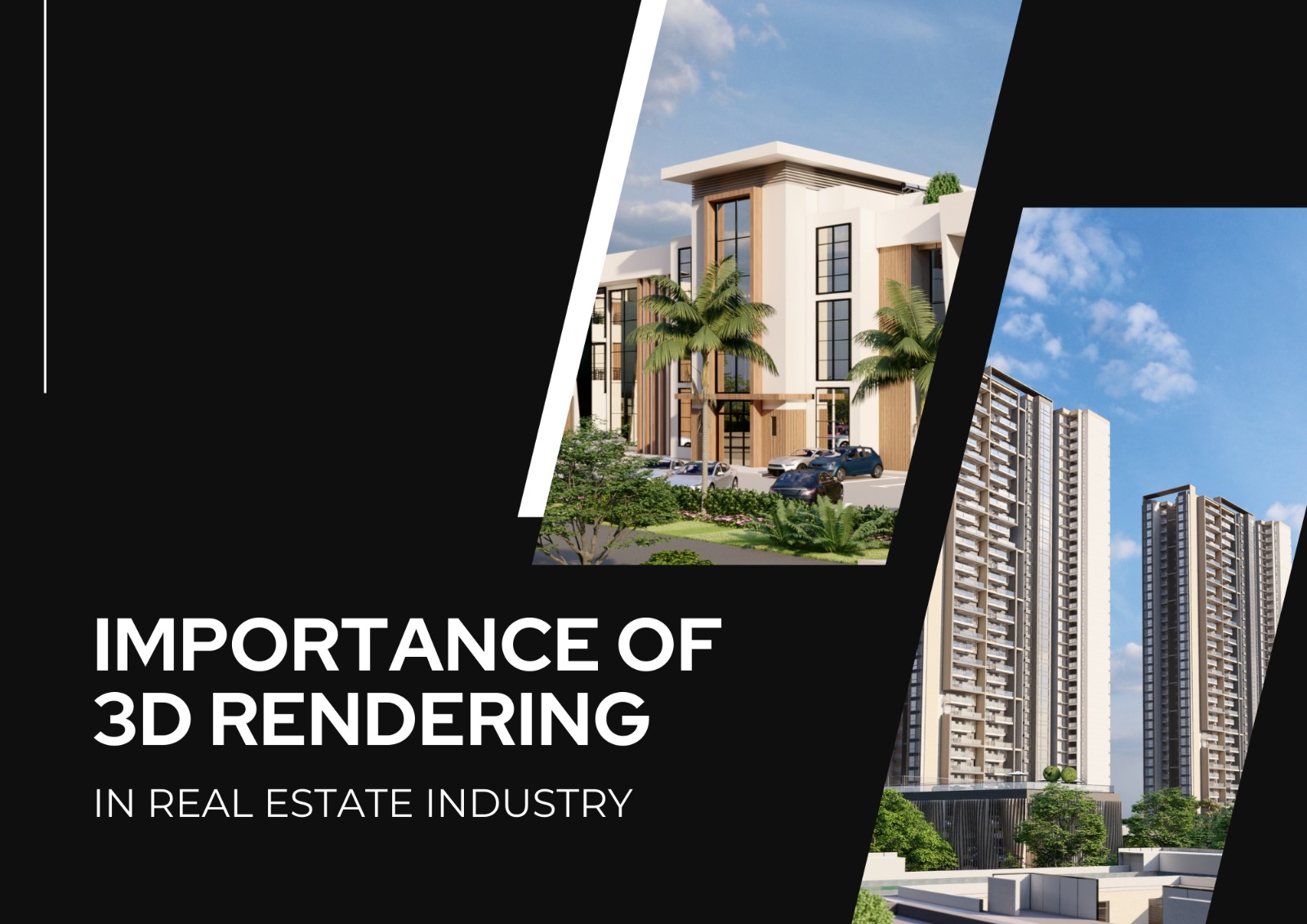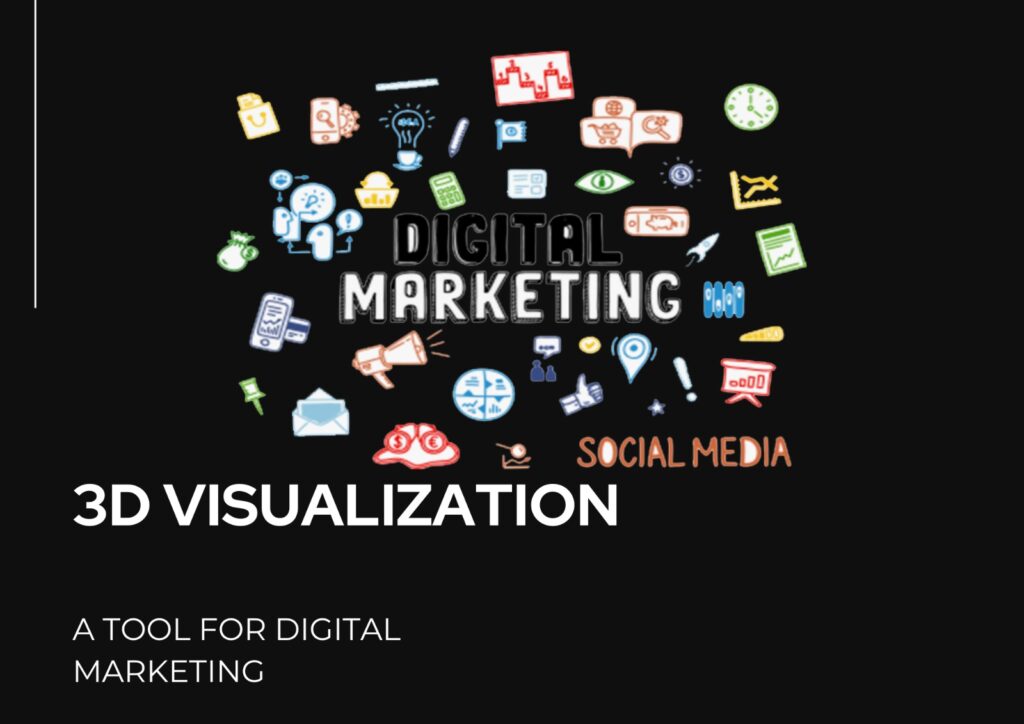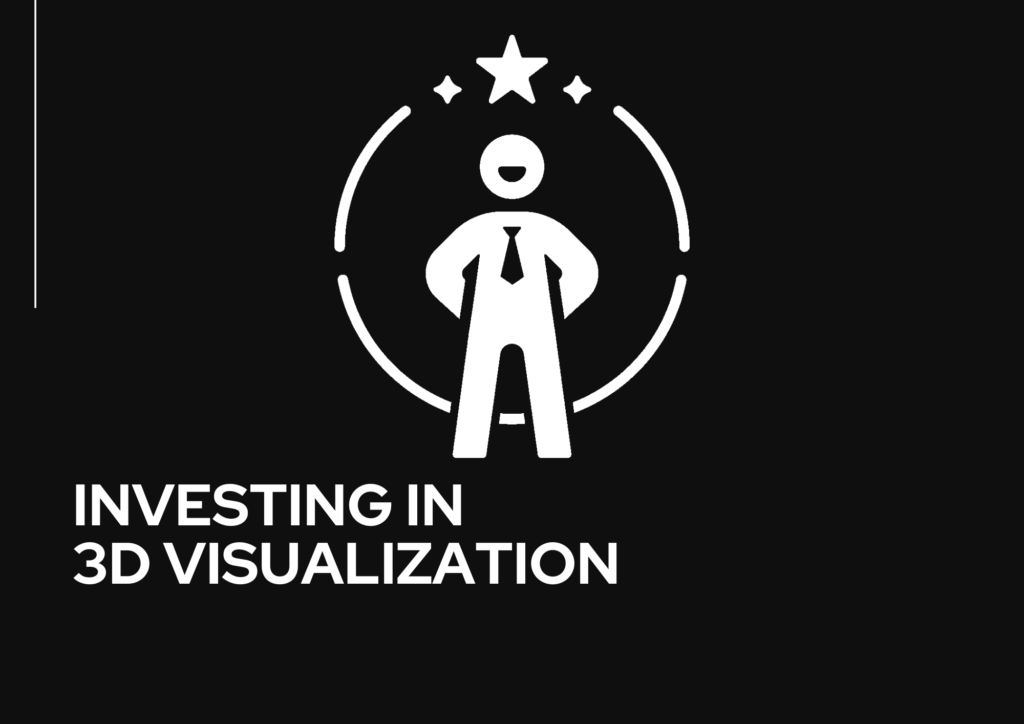3D Renderings and Animations: Essential for Real Estate Success

In the fast-paced, highly competitive real estate market, the ability to effectively showcase a project before it’s built has become crucial for success. Whether it’s securing investor confidence or driving buyer interest, the use of architectural 3D renderings and animations has proven to be a game-changer. These visual tools offer unparalleled clarity, precision, and engagement that static blueprints and sketches simply can’t match.
The Importance of 3D Renderings and Animations
3D renderings and animations transform abstract design ideas into realistic, detailed visuals. These tools allow clients, investors, and buyers to clearly see what the final project will look like—from exterior facades to interior finishes—long before construction begins. This helps eliminate ambiguity and ensures all stakeholders are on the same page, reducing potential miscommunications.
The high level of detail in 3D renderings, from lighting and materials to spatial layouts, creates visuals that are nearly indistinguishable from actual photos. This realism helps create emotional connections, allowing buyers to visualize themselves in the space and providing investors with a tangible sense of the project’s value.
Real estate developers and architects often use 3D renderings and animations in presentations or proposals when competing for high-stakes projects. Visuals that showcase a project’s potential in a compelling way give a distinct advantage, making it easier to stand out and win bids. Animated walkthroughs or flyovers are particularly impactful, as they offer a dynamic view of the project that helps decision-makers envision the final outcome.
3D Visualizations as a Marketing Tool

High-quality 3D visuals are indispensable in marketing campaigns. Real estate listings that include photorealistic renders or animated tours have been shown to attract more attention, helping to drive faster sales or leasing. With these visuals, potential buyers and tenants get an immersive experience of the space, removing uncertainties that typically delay decision-making.
3D renderings and animations can be used across various platforms—websites, social media, email campaigns, and even virtual reality experiences. This versatility allows developers and marketers to create a cohesive marketing strategy that reaches a wide audience with consistent, engaging visuals. Whether it’s a still image in a brochure or a full virtual tour on a real estate platform, these tools help projects make an impact across all mediums.
With the ability to showcase a property before it’s built, real estate firms can begin marketing much earlier, even during the design or construction phase. This speeds up the overall sales and leasing process by allowing potential buyers or tenants to make decisions based on accurate representations of the final product.
Why Invest in Architectural Visualization Services?

3D renderings and animations reduce the risk of miscommunication by providing a clear, realistic depiction of the project. This helps ensure that architects, developers, and clients are aligned, making it easier to address concerns and implement feedback early in the process.
While creating high-quality 3D visuals requires an upfront investment, it often leads to faster project approvals and shorter sales cycles. The ability to make quick revisions without reworking entire designs also saves time and money in the long run, as changes can be implemented digitally rather than through physical models or revised construction drawings.
By offering a visually accurate representation of the final product, 3D renders and animations help buyers and investors feel more confident in their decision-making. They reduce uncertainties and offer a level of transparency that helps to build trust, which can lead to quicker sales and stronger investment commitments.
Conclusion
In the modern real estate landscape, 3D renderings and animations are not just valuable—they’re essential. They allow developers to communicate their vision clearly, differentiate themselves in competitive markets, and fast-track marketing efforts by showing detailed, realistic previews of projects. Investing in architectural visualization services will not only improve project presentations but also enhance marketing efforts, reduce project timelines, and ultimately increase the chances of success.



